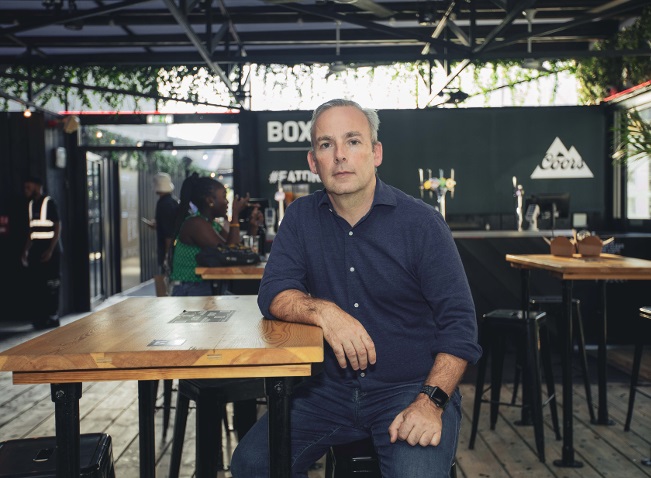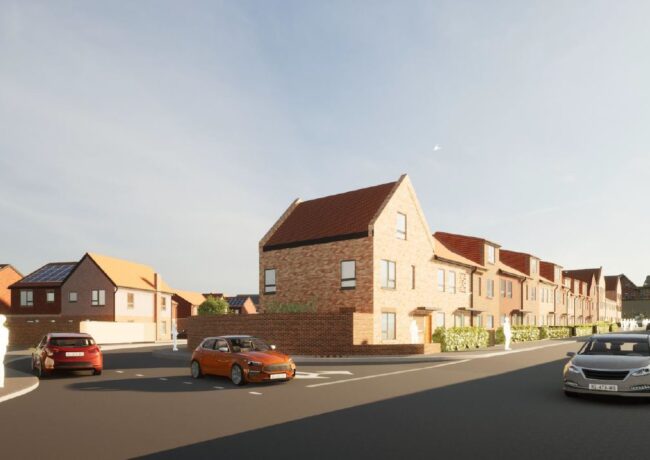RESOURCES | An introduction to the Private Rented Sector
Delegates at the recent RESI2014 could have been forgiven for thinking that there is only one game in town as far as residential property goes – PRS, writes Dr Tim Havard of Estate Master. Session after session focussed on the sector.
PRS stands for Private Rented Sector. You might, quite rightly, think that the UK has had a private rented sector since the year dot. It is a sector that has grown in the last 30 years since the demise of the council house sector and is dominated by myriad small, buy-to-let investors building a little property empire or a private retirement fund. Well this is NOT what is strictly meant by the acronym PRS as it is currently being used.
What someone talking about PRS today means is the provision of relatively large private sector housing schemes funded and owned by institutional investors – Pension Funds, Life Assurance and Property Companies. Historically these organisations have not invested in residential property, making the UK almost unique in the developed world. In the US and continental Europe, residential property is an important component in investment portfolios but not here.
So why not?
The reasons are down to investment quality and cost. Residential investments are management intensive, they involve lots of small, often short-lived tenancies that the landlord has to constantly keep on top of. There are numerous outgoings the owner has to bear, some but not necessarily all, which have to be recovered from the tenant. Providing this level of management is expensive, particularly when compared with a commercial investment. What generally barred institutional investors though was the quality of the income stream; private tenants tended to be from low income groups making rent arrears more likely. There is nothing an institutional investor likes worse than an expensive to manage investment with an uncertain income stream.
So what has changed?
Essentially the country has. There have been some very profound socio-economic changes over the last 20 years. A big clue can be found in the level of home ownership. Having increased constantly throughout the last century, this one has seen the level of home ownership start to decline. Partly this is due to a rising population and a shortage of supply (we probably never will build enough to satisfy demand) but mainly it is down to a lack of take up by the young professional demographic group. Often it is because they simply cannot afford it, this is a group that are going into relatively well paid jobs but carrying huge levels of student debt. Combine this with supply constricted house prices and the chances of getting onto the property ladder where the jobs are is minimal. The second reason is, however, this group often do not want to buy. A job or career is not for life any more, the professional job market is fluid, short term, insecure. A young professional often needs to be footloose – and owning property ties you to one location.
The target PRS demographic
So suddenly the game has changed. Certainly there is still the need to build houses for owner occupation but these will primarily be for older, more family orientated people. The major need to be met is for a relatively demanding, relatively affluent (ignoring the long term debt), footloose and educated population who want good quality, well-located, well-specified, easy to manage rented property close to centres of employment. Serving this demographic is far more attractive to an institutional investor, particularly since the future of some of the traditional stars of property investment – retail and offices – is so uncertain given technological change.
Why PRS appeals to the Government (regardless of political persuasion)
This type of scheme appeals to the Government too. They know the provision of housing of all tenures needs to increase but they are not willing to pay for it themselves, the public finances simply cannot stretch to this type of thing, nor are they willing to liberalise the planning system to free up the supply of housing land as voters would soon react to such a move. The idea of the big financial institutions bearing some if not all of the cost is very attractive, even though this will only be in terms of numbers, I personally doubt that PRS will make much difference to low-income families trying to get accommodation.
PRS investment
It was clear from RESI2014 that many institutions are showing an interest in the sector but all are coming up against the same obstacle: the type of PRS vehicle they need to invest in does not yet exist in the UK. It will, therefore, need to be developed.
Why do I say this, surely an apartment is an apartment? Well actually no, the type of residential property currently being developed for, say, the owner occupation or buy-to-let investor is often not suitable for an institutional, long term investor. Technically, the product produced must be good quality but it also must be made of durable materials that will last tenant after tenant. The building management systems must be designed from scratch for ease of operation to reducing labour inputs and costs.
In investment terms too, what needs to be created is unlike anything the UK investors are used to. Firstly the financing tends to be in two phases; that for the development and then to fund the long term investment. This is not unusual in development but adds complexity to the appraisal. Secondly though, the investment created is going to be quite alien to a UK institution and is going to be difficult to accurately appraise.
We Brits are used to commercial property with long, clean, full-repairing and insuring leases and long periods between rent reviews. PRS investments will have a long life (20+ years) but will involve large numbers of small tenants on shorter leases, subject to voids, extensions, annual reviews that will get out of phase, the expenditure and recovery of a variety of costs, as well as having a management overhead in place to keep everything ticking over and growing.
How Estate Master can work with PRS developers and investors
It is no surprise that many developers and investors have brought in US personnel used to working with this type of investment in the States to assist them in planning their schemes. Investors and Developers will, however, also need robust and flexible appraisal models for both the development and investment phase of their projects. We at Estate Master know that we can provide this; our Development Feasibility and Development Manager suite are ideally suited to modelling projects like this whilst our IA (Investment Appraisal) software was designed for the complex, long term, non-standard investments that PRS will produce. I will be exploring how the software can meet the requirements of PRS in subsequent articles.
In the meantime though, PRS is an exciting new world for the UK property industry. Many of us may be uncomfortable with the changes in our society that has brought them about but change, like death and taxes, is inevitable. It is how we tackle change that is the key to whether we make a success of this new world.
This article was originally published through Place Resources



